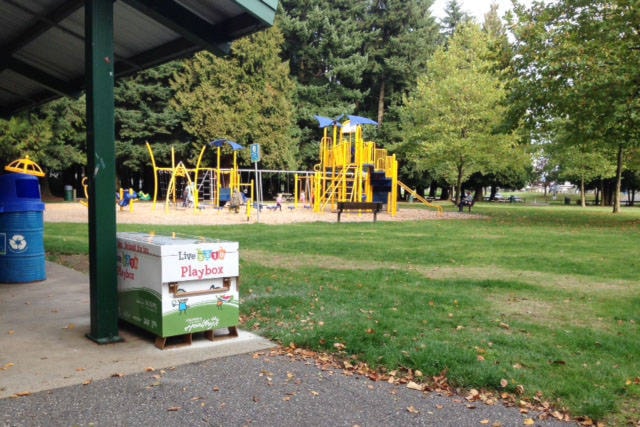While rates of childhood obesity have remained stagnant over the last decade or so, the complex variety of causes remains a key challenge to bringing those rates down, says a doctor working to tackle the issue.
Raising Canada, a recently released report on child well-being, indicates that after the rate of childhood obesity tripled between 1978 and 2004, it has remained relatively stable at the 26 to 28 per cent range. The latest data, from 2017, indicate a rate of 27.9 per cent.
Dr. Shazhan Amed, a pediatric endocrinologist with BC Children’s Hospital who kickstarted Abbotsford’s Live 5-2-1-0 program in 2009, said there are a number of factors that contribute to childhood obesity.
RELATED: Lower Mainland city introduces ‘a new way to play’
“Many of the factors that are contributing to childhood obesity are what we refer to as upstream determinants of health, which include things like poverty, poor access to healthy foods, food insecurity where healthy foods become unaffordable for a lot of families, living in environments that aren’t necessarily safe for children or where access to recreation and parks is sub-optimal,” Amed said.
“I think the reason why we haven’t yet made a dent in the rates of childhood obesity is because our interventions, or the action that we’re taking, aren’t necessarily addressing these issues.”
Health officials are not only battling with multi-million-dollar ad campaigns for junk food directed at kids, but also socioeconomic roots that make healthy decisions nearly impossible for some families.
| Dr. Shazhan Amed.. Don Erhardt Photography/Submitted photo |
RELATED: 10 B.C. cities to pilot new program against childhood obesity
“A single mom (who) works 14 hours a day, she has no choice but to put her kids in front of the TV as a babysitter so that she can get dinner on the table, get laundry done. Or it’s just easier and cheaper for her to just buy a baby-sized meal at McDonald’s. It’s a great question: How do you empower those people to choose healthy?” Amed said.
“The first thing is that the community has to offer families who live in those circumstances the solutions or the opportunities.”
Indeed, Raising Canada points to the lacking infrastructure and programs necessary to get children active, as well, based on a comparison with 37 other countries.
RELATED: B.C. doctor weighs in on the kid ‘screen time’ debate
According to the report, just 62 per cent of three- to four-year-olds and 35 per cent of five- to 17-year-olds meet guidelines for physical activity, “a slight improvement from previous years.”
And that’s part of why Amed started Live 5-2-1-0, which offers things like playboxes loaded with things such as soccer balls, toys and other props to play with: to work with a variety of local groups to determine the major causes of childhood obesity specific to the community.
| A glance inside one of the Live 5-2-1-0 playboxes at an Abbotsford park. Submitted photo |
She gained her first foothold in Abbotsford with the city’s Healthy Abbotsford program, which includes the University of the Fraser Valley, Fraser Health, the Abbotsford School District and other organizations, when she came to city hall with the Live 5-2-1-0 proposal.
“Childhood obesity isn’t something that can be solved just by teachers or just by parents or just by doctors. But rather, what you need is a collective approach across the entire community where everyone is working together to create environments that promote health and make the healthy choice the easy choice for kids,” Amed said.
“Then (we can) try to take action to address those factors or to minimize those factors, and I think if we do that, we will make progress,” she added, pointing to an example in Australia where researchers ran a program similar to Live 5-2-1-0 and were able to show measurable improvements.
But that’s one of the challenges locally – although national or provincial data are readily available on the rate of childhood obesity, it’s a greater challenge to find those same data in a specific community.
Still, Amed showed confidence in the Live 5-2-1-0 program, saying she thinks the province, which now has a total of 16 communities on board, will start to see childhood obesity rates start to decline.
